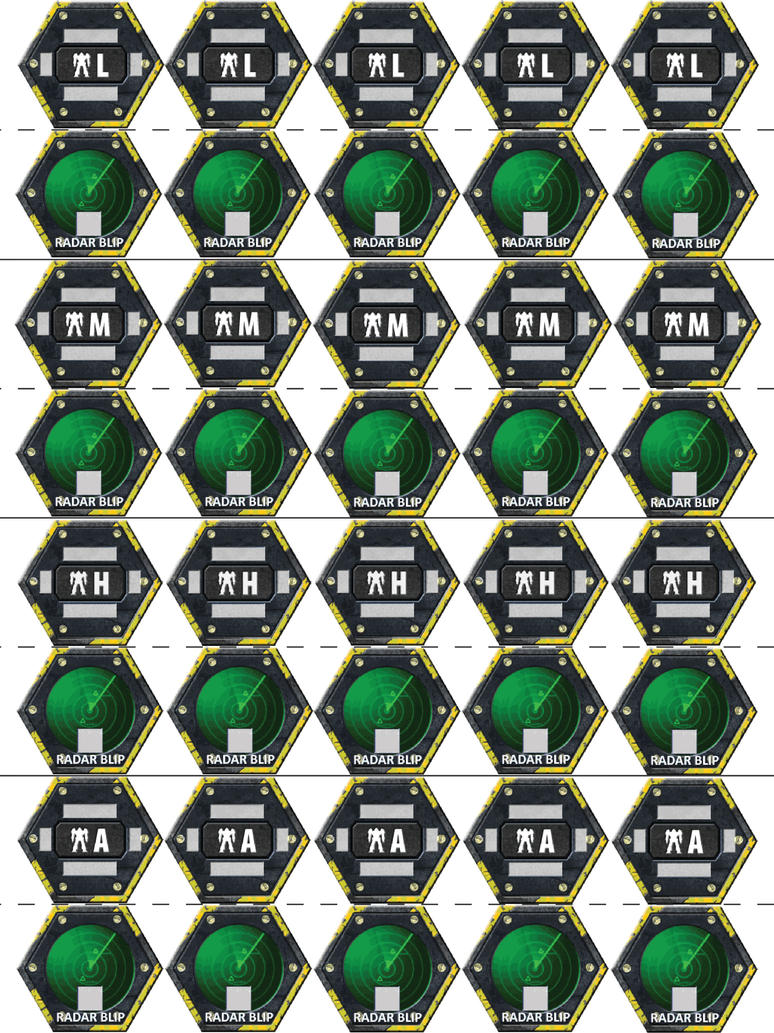Someone once told me about the challenge that Ray Bradbury set for himself, which was to write a short story each week. The whole idea of setting a definite time frame to complete a challenging yet achievable task is a good way to start writing. Over on Dieselpunks, they have an 8-sentence Sunday, which is the same idea, but cut down to a more digestible size. However, what about other artist mediums other than creative writing?
Music
The 25 Project run by Cath & Nick, a few years back aimed to produce 25 songs in the course of one year, about one each fortnight. So the first week would be spent writing the lyrics and melody, while the second was spent recording with local bands and producing the final track. So for a musical challenge try a 2 week cycle to finalise something, with the 2 stages of writing and production.
Visual Art & Animation
The critical thing is to have the deadline to produce something, anything really. Last year I worked on background animations for a musical, Beach Blanket Tempest. Just think Shakespeare’s The Tempest set in the 1960s. However, there was a tight deadline to get the work done, even though I was not completely happy with the quality.
The ‘Bradbury’ Challenge
Named after the Sci-Fi author, the challenge is simple. Create something. It does not matter what medium it is in, but the trick is to create, then rinse and repeat. Through this process, the quality of your art should improve.
So animation is my focus and that is where I’ll be starting. I realise that 3D work requires a lot of time. So I’ll need to break it down to make it easier to work through, much like the music example (above) and the individual stages will change depending on your individual focus. For example;
- For 3D Printing; Research, Modelling, Printing.
- For Animation; Storyboarding, Animation.
